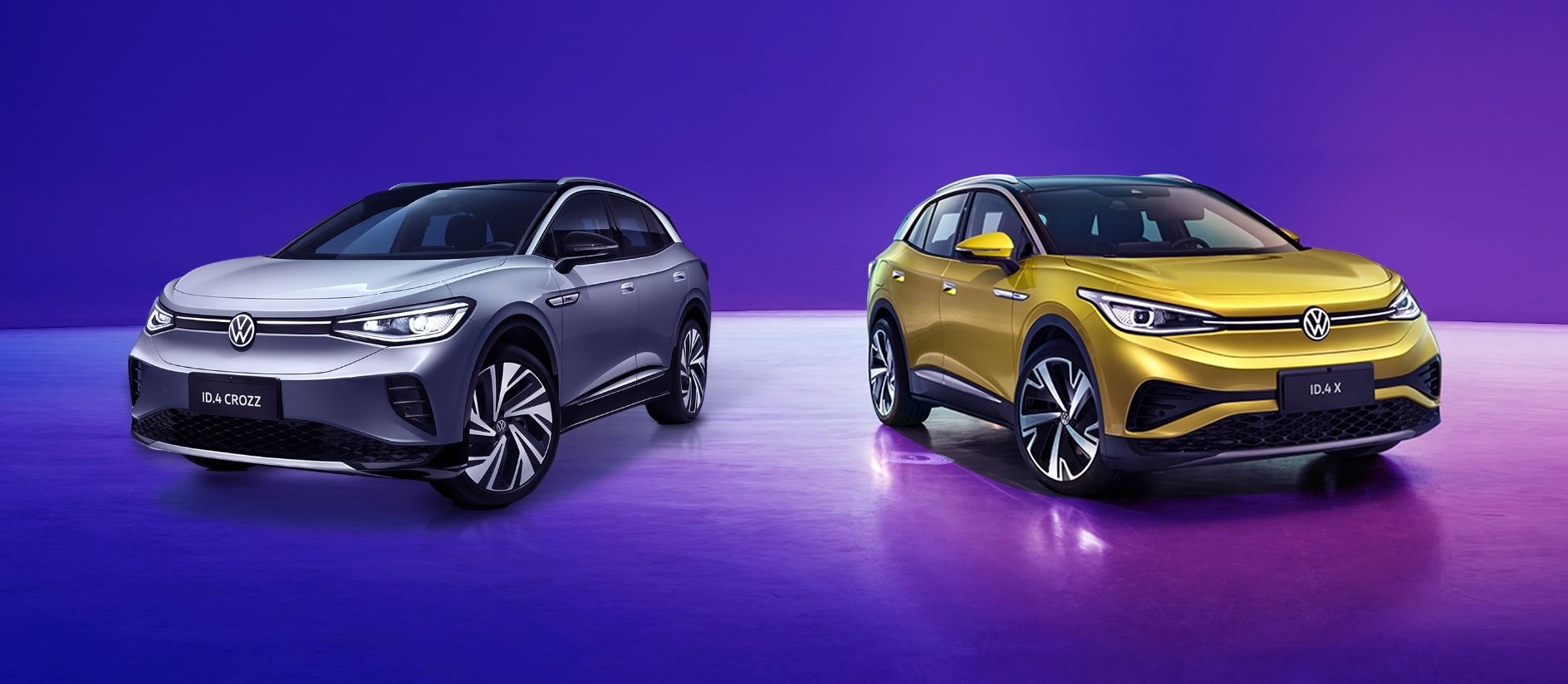When the Volkswagen group designed the ID.4, it did so with an eye on the United States. A market where the German group will debut an electric car for the first time, after presenting and selling the ID.3 only in Europe.
The VW ID.4 is a larger vehicle than compact ID.3 but without becoming a large SUV, seeking a balance between European taste and the American customer’s space needs.
This car, derived from the platform thought and designed only for electric vehicles, reaches the markets without setting acceleration records in the Tesla style, characterized by a simple and basic interior that seeks practicality and digitization.
Although the software aspect is the weakest part of this car and the real ID.x range, Volkswagen is trying to solve the multiple problems of its operating system and digital services to compete with the sector leaders.

Inside this car, it tries not to surprise or disappoint anyone despite the use of materials that, in the case of the ID.3, do not show an impact thanks to their attractiveness due to the prominent use of hard plastics with a reasonably basic aesthetic.
Once again, the ID.4 aims to be a generalist car rather than place itself in a particular niche that slows its expansion throughout a market looking for other types of vehicles, where the German brand intends to sell 100,000 units this year.
The Volkswagen SUV offers a decent autonomy for everyday use that, in the United States, will also enjoy free charging for three years on the Electrify America network (financed by VW).
This fact can make many potential customers jump on board a car that allows them to transition to the electric vehicle without the much-dreaded anxiety about autonomy.
Also, as happens with most of the owners of an electric car, the Department of Energy of the United States has concluded that more than 80% of the time used for charging electric vehicles is done at the owners’ homes.

